-
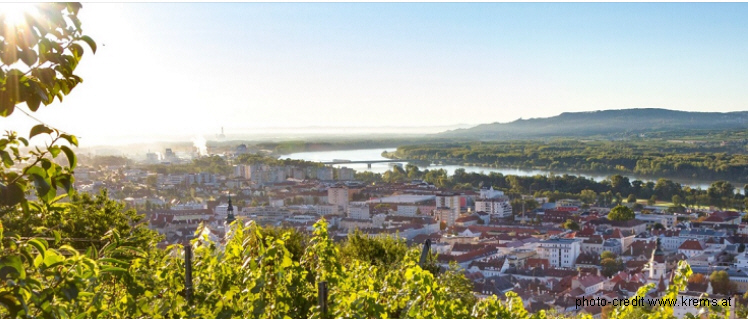
Host City Krems of 44. IAD Conference (6.Febr-9.Febr 2023), Austria: photo credit: Stadt Krems
-

Danube River, 44.IAD Conf Krems (8.2.2023), Wachau, Austria photo credit: Віктор Вишневський (UA)
-
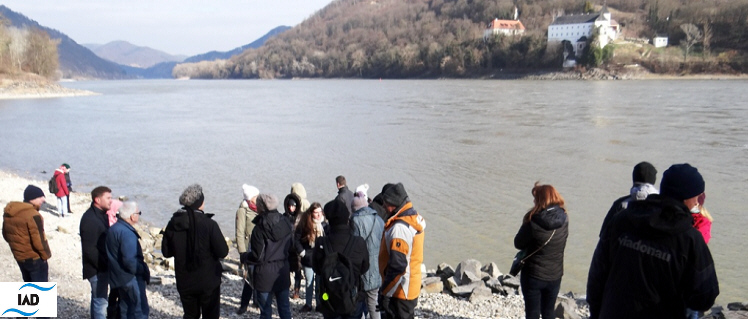
Danube River Excursion, 44.IAD Conf Krems (8.2.2023), Wachau (near Grimsing), Austria photo: K.Teu
-

Danube stretch in winter mood, Romania, 2010 photo credit: Harald Kutzenberger
-
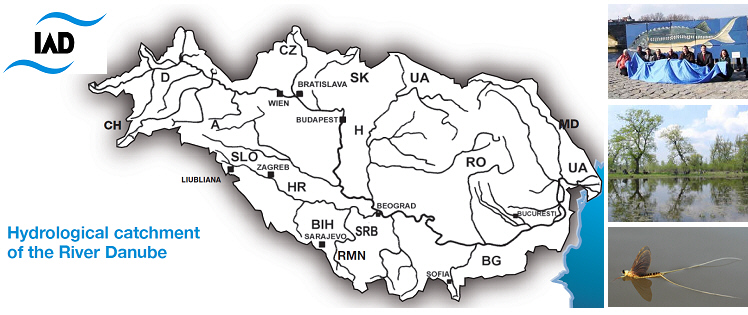
Map of the Danube River Basin and IAD-countries photo credit: several authors
-
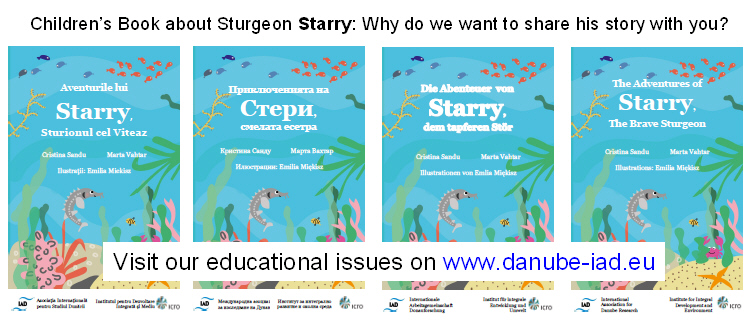
Children's Book by Sandu, Vahtar and Miękisz (2020), English Book & Translations credit: book illustrations
-

Children's Book by Sandu, Vahtar and Miękisz (2020), Multilingual Translations credit: book illustrations
-
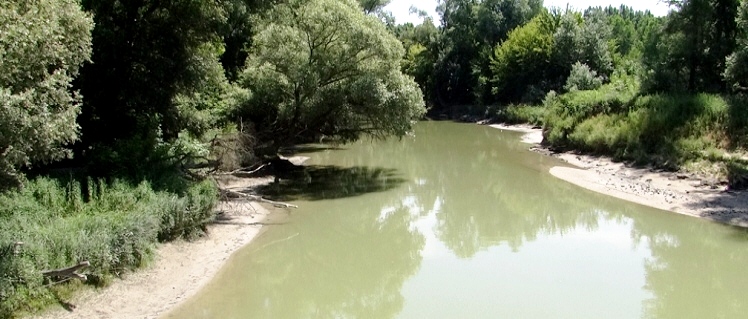
Veľkolélsky island, Danube floodplain, Slovakia, 2022 photo credit: Katrin Teubner
-
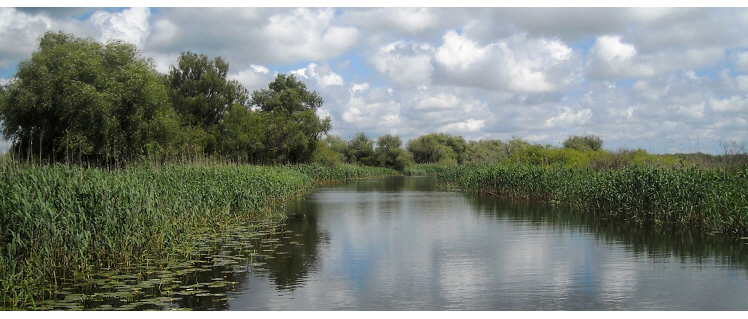
Danube channel, Romania photo credit: Cristina Sandu
-

Children's Book by Sandu, Vahtar and Miękisz (2020), Translation into Romanian credit: book illustrations
-

Sturgeon, Romania photo credit: Viorel Gavrila
-
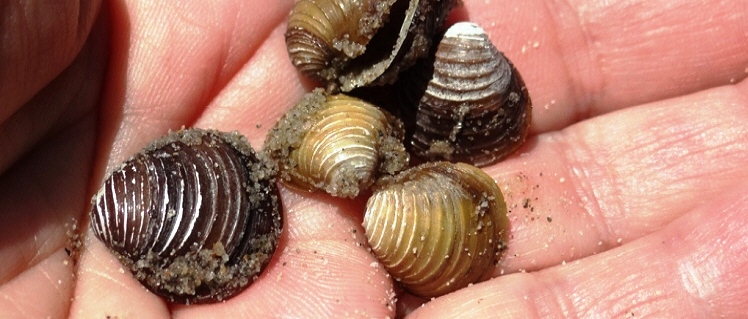
Veľkolélsky island, Corbicula sp., Slovakia. 2022 photo credit: Katrin Teubner
-

Veľkolélsky island, Slovakia, 2022 photo credit: Katrin Teubner
-
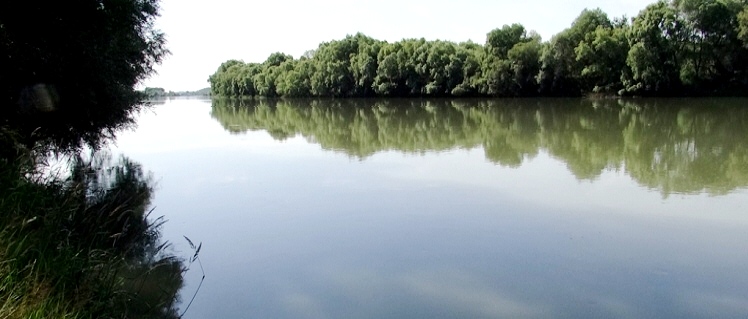
Danube sidearm near Gabčíkovo dam, Slovakia, 2022 photo credit: Katrin Teubner
-
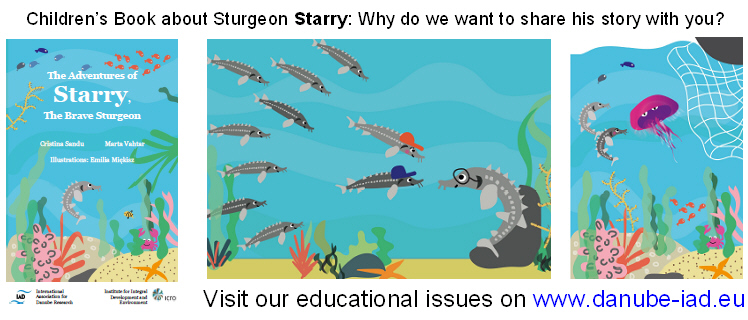
Children's Book by Sandu, Vahtar and Miękisz (2020), English credit: book illustrations
-
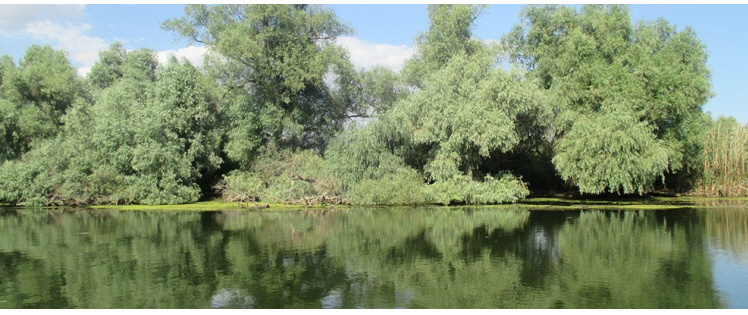
Channel Danube Delta, Romania photo credit: Cristina Sandu
-

Children's Book by Sandu, Vahtar and Miękisz (2020), Colouring Books credit: book illustrations
-
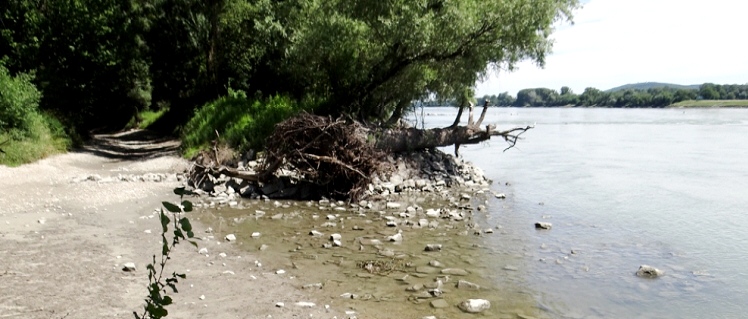
Daube river at Bratislava, Slovakia, 2022photo credit: Katrin Teubner
-

Danube River floodplain forest, Hedera helix, Austria, 2023photo credit: Katrin Teubner
-
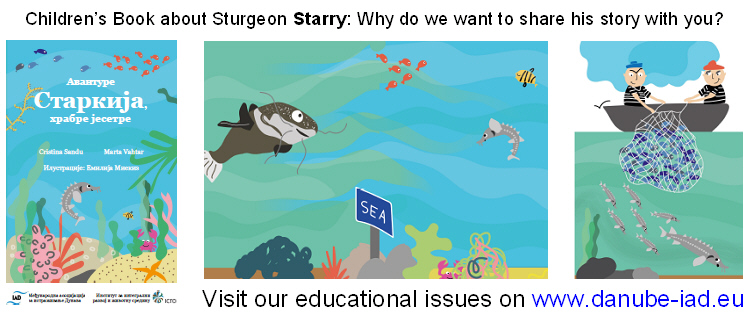
Children's Book by Sandu, Vahtar and Miękisz (2020), Translation into Serbian credit: book illustrations
-
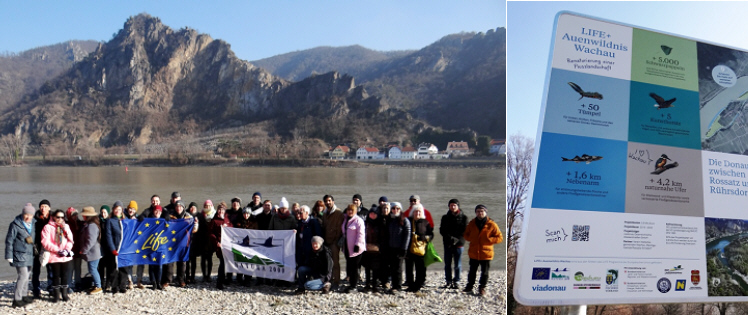
Danube River Excursion, 44.IAD Conf Krems (8.2.2023), Wachau (Rossitz-Rührdorf), Austria photo: K.Teu
-
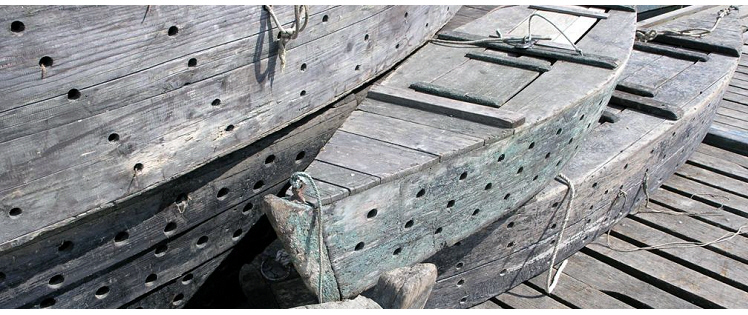
Fish catch boats in Gemenc, Hungary, 2007 photo credit: Katrin Teubner
-

Gemenc fishery, Hungary, 2007 photo credit: Katrin Teubner
-

Children's Book by Sandu, Vahtar and Miękisz (2020), Translation into Hungarian credit: book illustrations
-
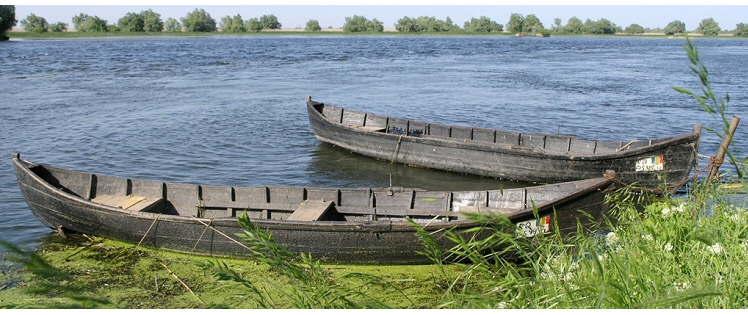
Fisherboats at village Mila, Romania, 2005 photo credit: Katrin Teubner
-
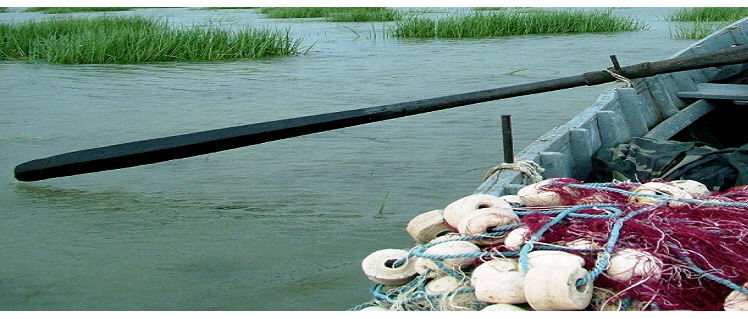
Fisherboat, Romania, 2005 photo credit: Nicolae S.P.
-

Fishermen boat, Romania photo credit: Cristina Sandu
-

Danube stretch in Orsova, Romania, 2005 photo credit: Katrin Teubner
-

Hydromorphological assessment for Danube tributaries: Drava and Mura photo credit: Ulrich Schwarz
-

Children's Book by Sandu, Vahtar and Miękisz (2020), Translation into Croatian credit: book illustrations
-
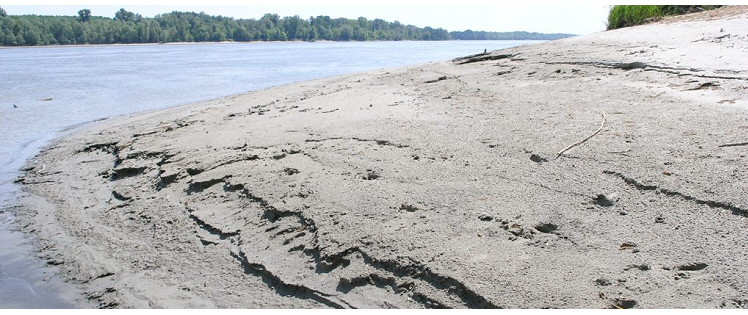
Danube stretch in Gemenc, Hungary, 2007 photo credit: Katrin Teubner
-
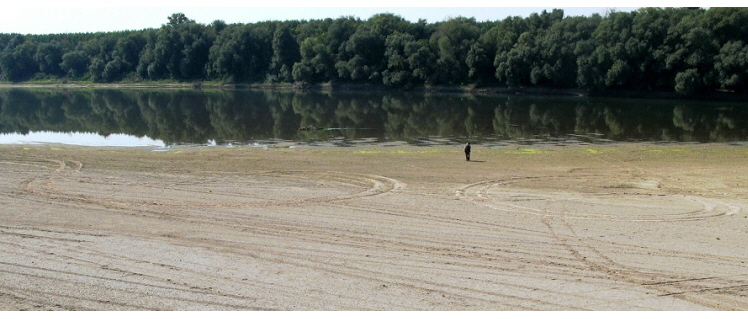
Danube side channel, Romania, 2005 photo credit: Nicolae S.P.
-
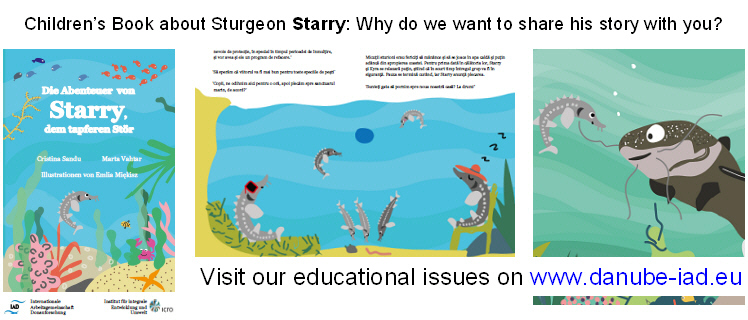
Children's Book by Sandu, Vahtar and Miękisz (2020), Translation into German credit: book illustrations
-
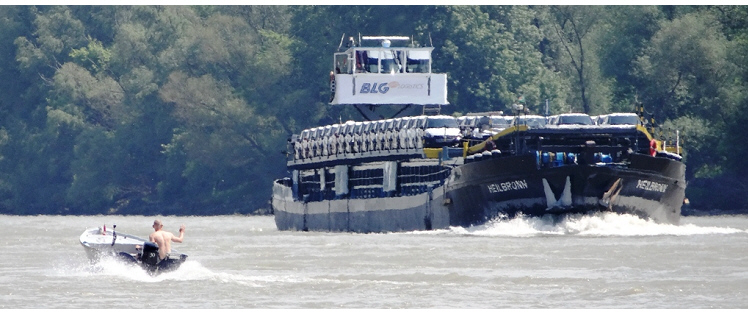
Danube Schönau, Austria, 2013 photo credit: Katrin Teubner
-
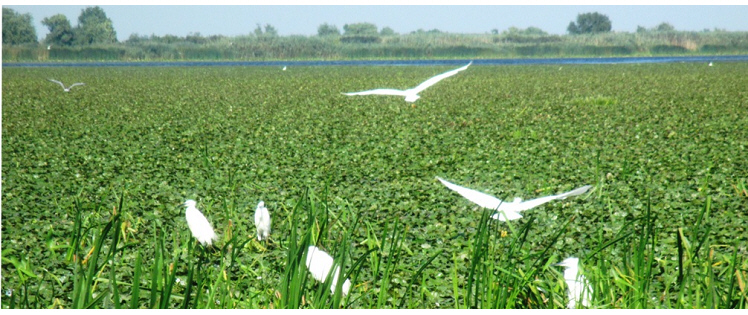
Egrets at Channel Danube Delta, Romania, 2016 photo credit: Cristina Sandu
-
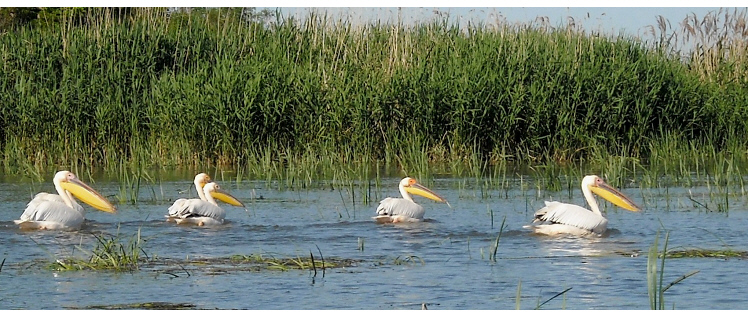
Danube Delta, pelicans, Romania photo credit: Cristina Sandu
-
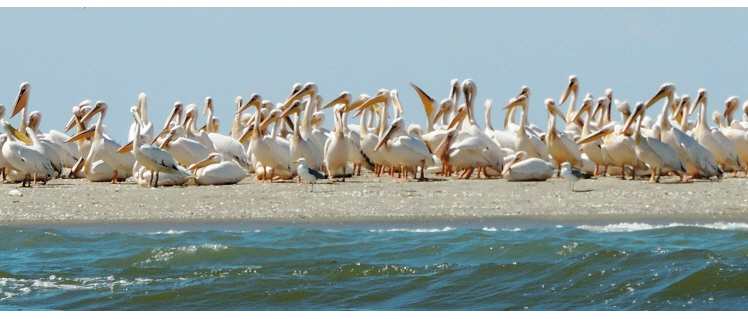
Danube Delta, pelican colony, Romania photo credit: Cristina Sandu
-
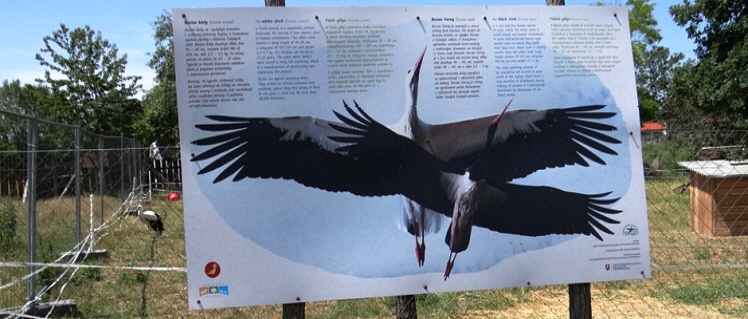
Veľkolélsky island, Slovakia, 2022photo credit: Katrin Teubner
-
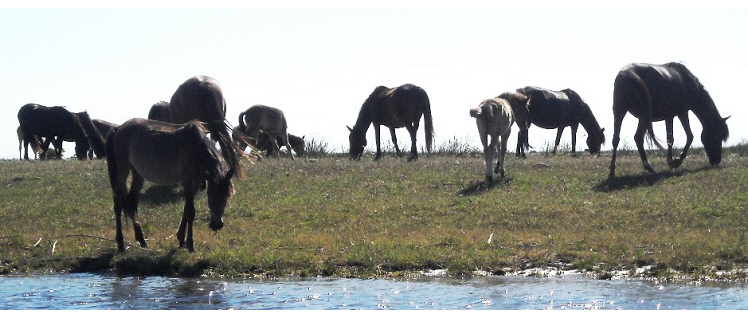
Horses in the Danube Delta, Romania photo credit: Cristina Sandu
-
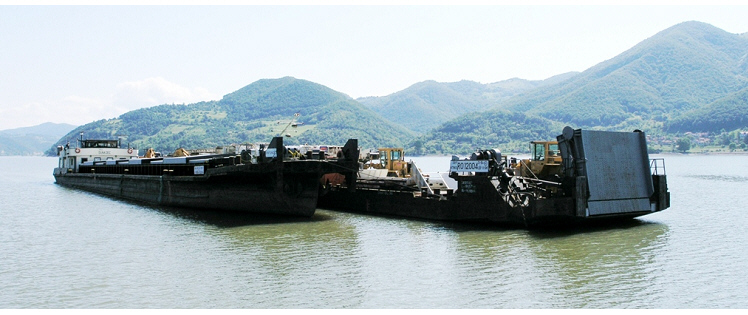
Danube, Romania, 2005 photo credit: Katrin Teubner
-
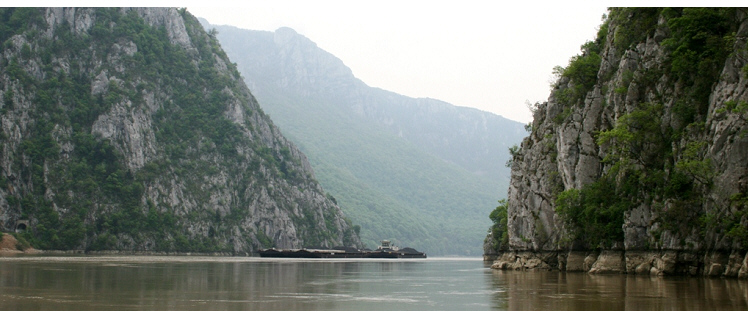
Danube, Romania photo credit: Nicolae Găldean
-
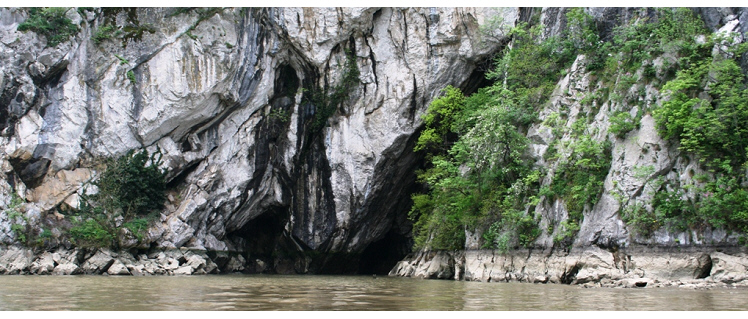
Danube, Romania photo credit: Nicolae Găldean
-
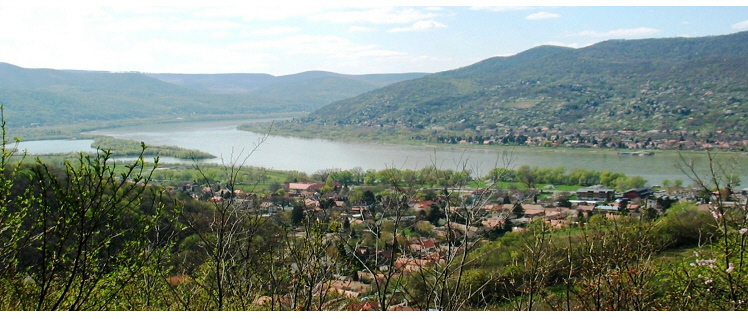
Danube at Visegrád, Hungary, 2019 photo credit: Mária Dinka
-
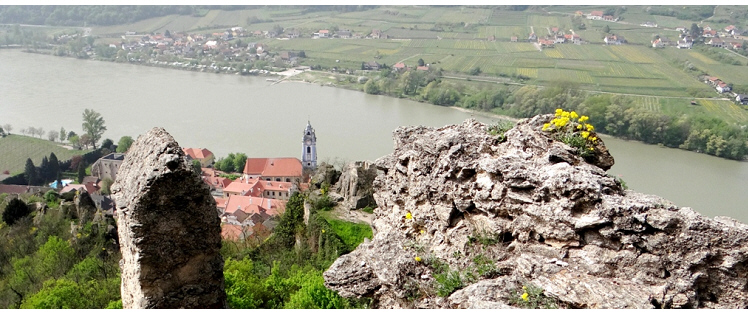
Danube stretch at town Dürnstein, Austria, 2013 photo credit: Katrin Teubner
-

Danube Delta, Chironomidae at Lake Puiu, Romania, 2005 photo credit: Katrin Teubner
-
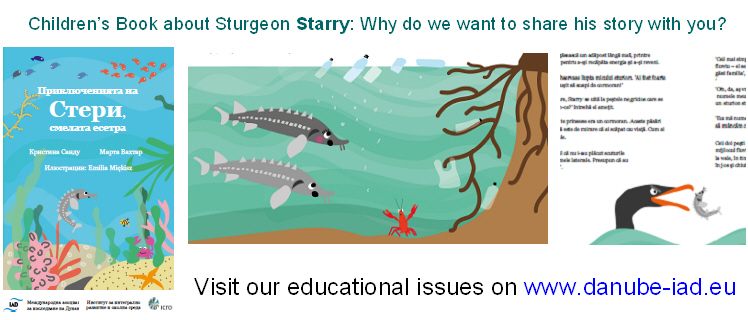
Children's Book by Sandu, Vahtar and Miękisz (2020), Translation into Bulgarian credit: book illustrations
-
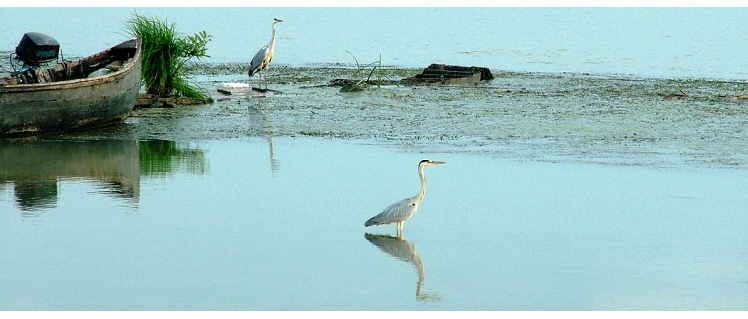
Danube Delta, Grey Herons, Romania, 2005 photo credit: Nicolae S.P.
-
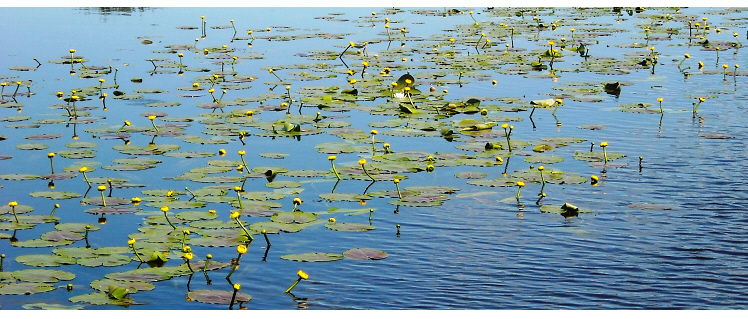
Danube Delta, Yellow Water Lily, Romania photo credit: Cristina Sandu
-

Danube Delta, stork nest, Romania photo credit: Cristina Sandu
-
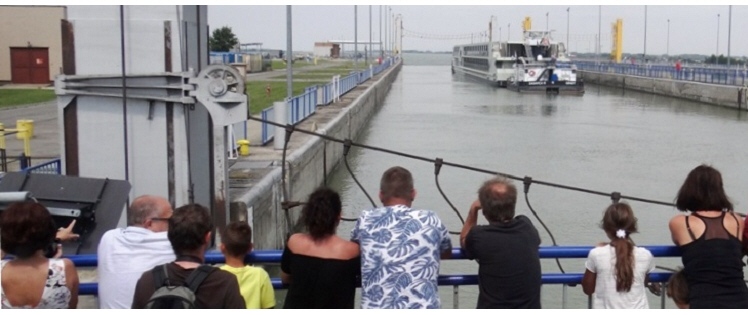
Hydroelectric power plant Gabčíkovo, Slovakia, 2018 photo credit: Katrin Teubner
-
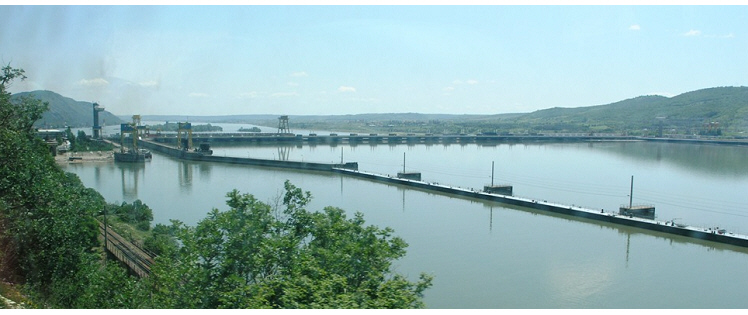
Iron Gates hydroelectric power plant, Romania, 2005 photo credit: Katrin Teubner
-

Macrophytes in the Danube Delta, Yellow Water Lily, Romania, 2005 photo credit: Katrin Teubner
-
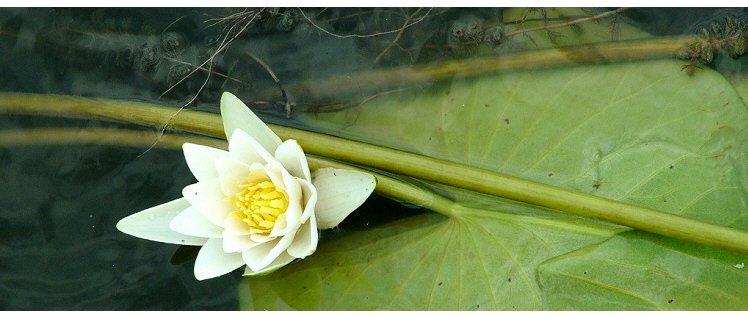
Channel Danube Delta, White Water Lily, Nymphaea alba, Romania, 2005 photo credit: Nicolae Ş.P.
-

Floodplain Danube Delta, 2005 photo credit: Nicolae Ş.P.
-
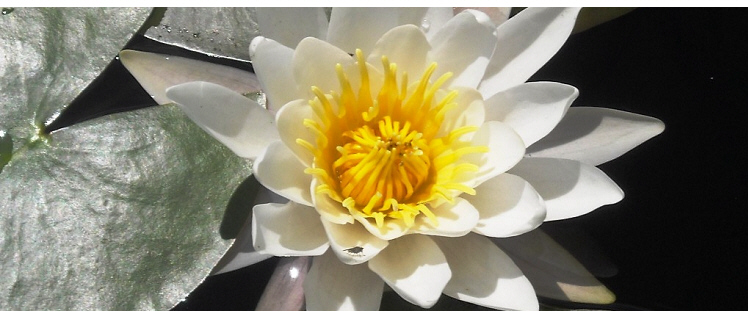
Danube Delta, White Water Lily, Nymphaea alba, Romania photo credit: Cristina Sandu
-
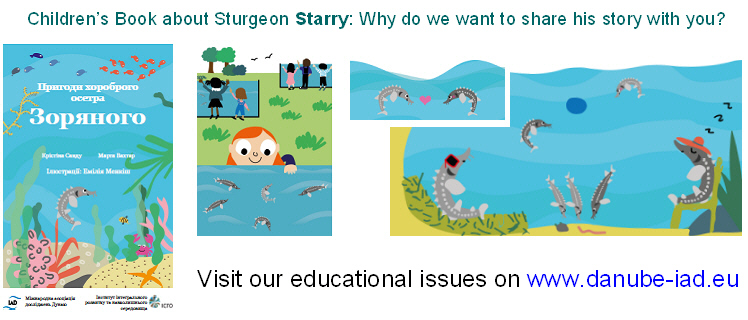
Children's Book by Sandu, Vahtar and Miękisz (2020), Translation into Ukrainian credit: book illustrations
-
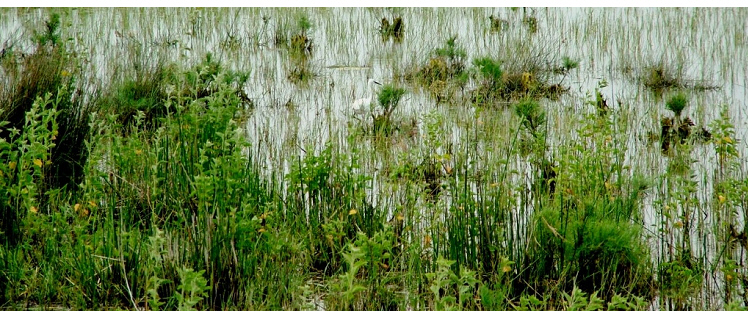
Floodplain Danube Delta, egrets, 2005 photo credit: Nicolae Ş.P.
-
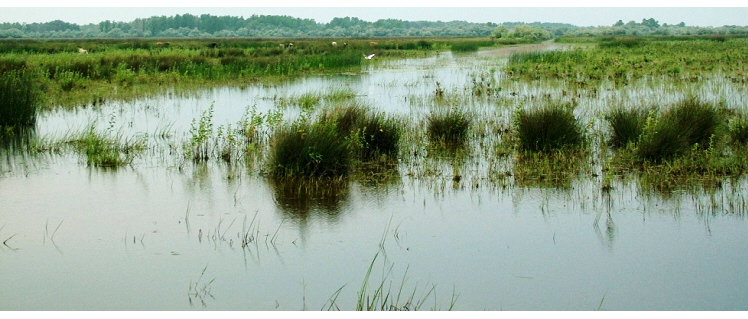
Floodplain Danube Delta, egrets, 2005 photo credit: Nicolae Ş.P.
-
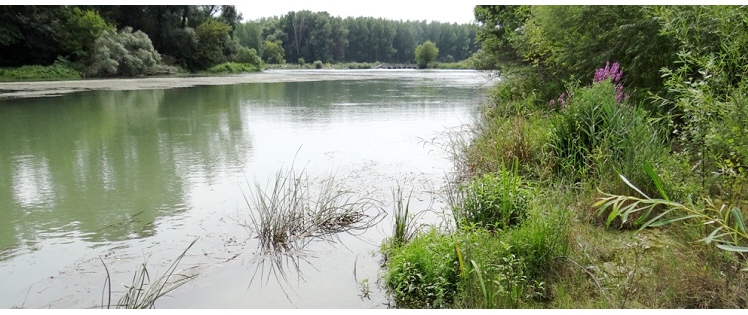
Floodplain near Gabčíkovo, Slovakia, 2018 photo credit: Katrin Teubner
-
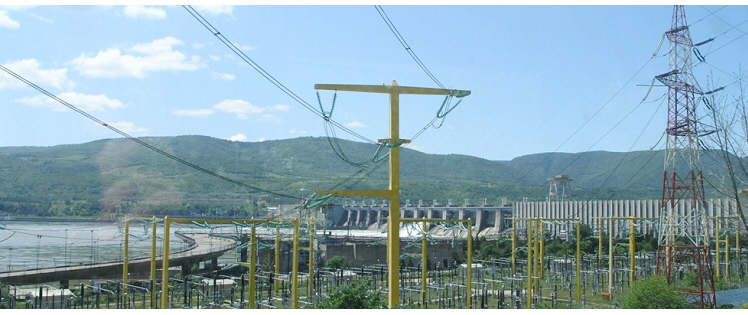
Iron Gates hydroelectric power plant, Romania, 2005 photo credit: Katrin Teubner
-

Alte Donau, Vienna, Austria, 2018 photo credit: Katrin Teubner
-
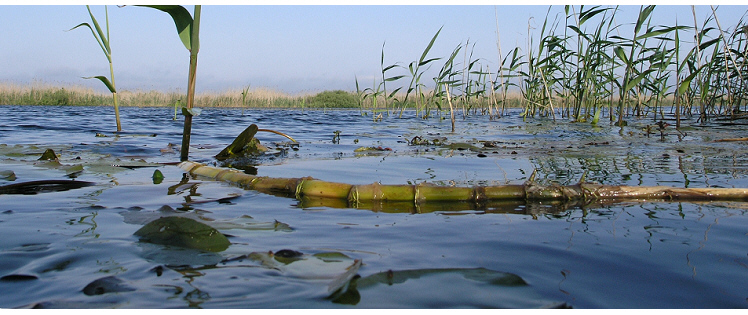
Phragmites australis in the Danube Delta, Romania, 2005 photo credit: Katrin Teubner
-
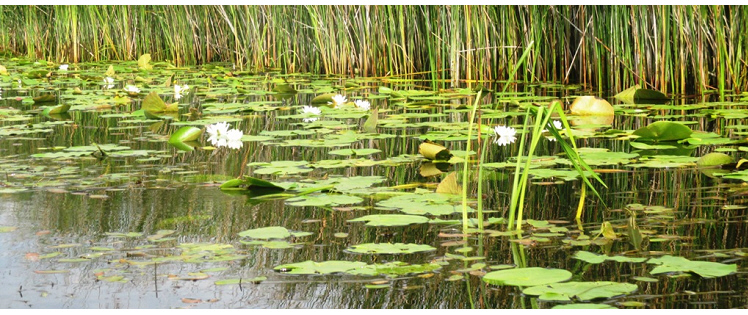
Channel Danube Delta, Romania, 2016 photo credit: Cristina Sandu
-
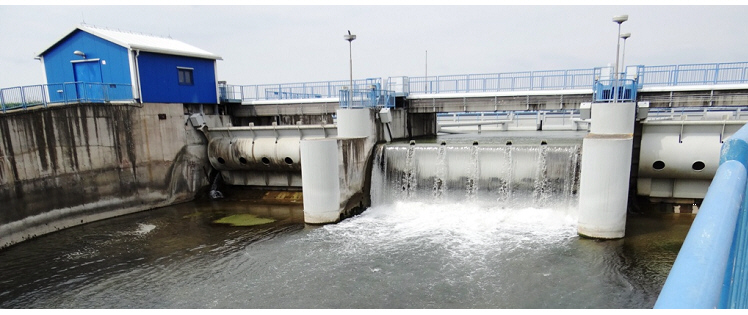
Floodplain at Gabčíkovo, Slovakia, 2018 photo credit: Katrin Teubner
-
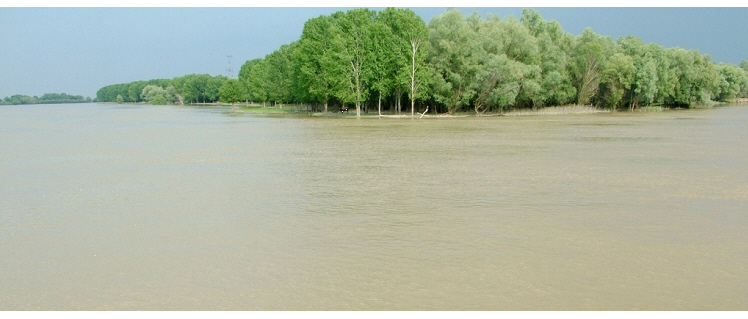
Danube, Romania, 2005 photo credit: Nicolae S.P.
-
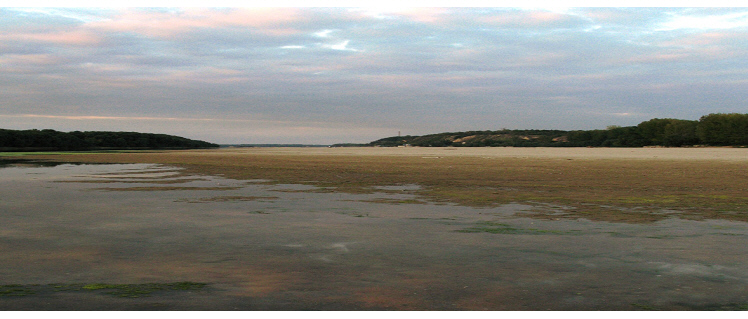
Danube, during low water level, Romania, 2005 photo credit: Nicolae S.P.
-
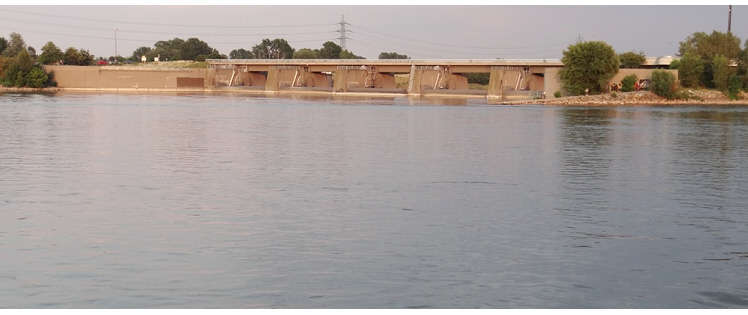
Hydroelectric power plant Grafenwoerth, Vienna, Austria, 2018 photo credit: Katrin Teubner
-
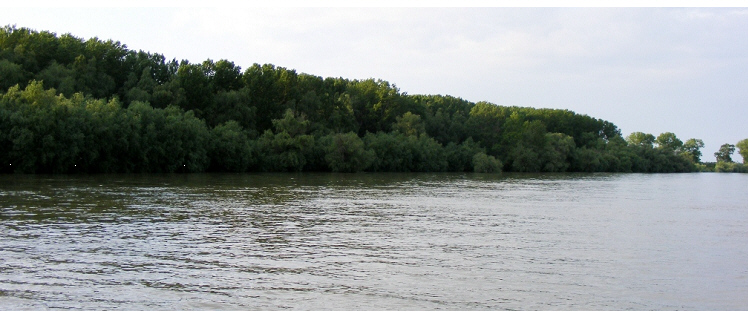
Danube, Romania photo credit: Nicolae Găldean
-

Phragmites australis in the Danube Delta, Romania, 2005 photo credit: Katrin Teubner
-
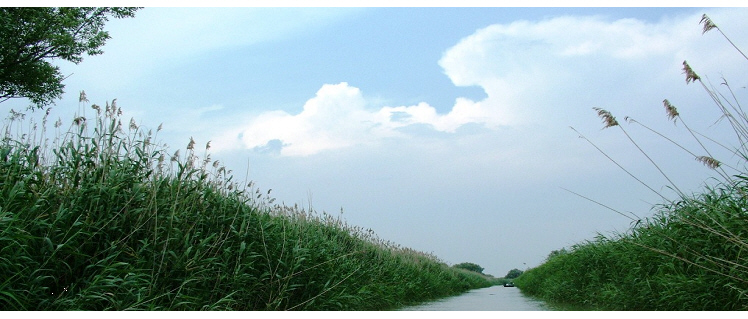
Channel Danube Delta, Romania, 2005 photo credit: Nicolae S.P.
Phytoplankton/Phytobenthos
Co-ordinator / Fachgruppenleiter: PD Dr. Katrin TEUBNER
Overview
The aim of the phytoplankton/phytobenthos expert group is to stimulate studies, monitoring activities and discussion forum on algae across the Danube River countries, for researchers and other people who are interested to advance our knowledge on this second large river ecosystem in Europe.
The role of photosynthetic microorganisms for ecosystem health of Danube River
The expert group on phytoplankton and phytobenthos focuses on the community structure and function of photosynthetic microorganisms in the Danube River. These organisms are floating in the water column or live attached to a surface substrate of the riverbed. Many species of them are eukaryotic algae; some are prokaryotic photosynthetic bacteria. Their function in the Danube River ecosystem is manifold. These microbial primary producers synthesise organic compounds by utilising inorganic nutrients and solar energy and are hence the autotrophic base for the food webs in River Danube. They serve as food for many consumers from heterotrophic unicellular microorganisms to fish. As the species composition of phytoplankton and phytobenthos varies among stretches from the source to mouth of the Danube River, in response the community structure of consumers also changes. Microbial primary producers are organisms of particular short generation time, of about up to one cell division per day in natural habitats. Environmental changes within hours to days as fluctuations among the three main nutrient elements (phosphorus, nitrogen and silica), underwater light availability, chemical interaction with macrophytes, pH and concentrations of trace metals and other toxic compounds, grazing pressure; and also alterations of physical conditions as of water velocity and water temperature, are therefore, often responded promptly by photosynthetic microbes. This immediate response can be measured by physiological alterations as e.g. by photosynthesis, respiration or growth, pigment pattern or cellular content of organic compounds. Finally, many environmental changes may also lead to changes of microbial population densities shifting species composition within phytobenthos and phytoplankton assemblages. The both aspects of autotrophic microbes, their base role for food chains and their sensitivity to habitat changes, stimulated transboundary research activities on phytoplankton and phytobenthos for a better understanding of the Danube River ecosystem (see ICPDR reports by Joint Danube Surveys, supported by the Danube countries). Studies on community structure, biodiversity and growth of autotrophic microbes are central to indicate the ecosystem health of River Danube from the source to mouth.
Presentations about phytoplankton and phytobenthos during IAD-conferences
In the history of IAD-conferences, beginning in the 1950s, studies on algae and other photosynthetic microbes have a long tradition. During recent IAD-conferences, about 12-15% of the presentations of Danube research relate to phytoplankton or phytobenthos studies. They describe in detail the frequency distribution of rare and common microbial autotrophs across the Danube River and its tributaries, their response to environmental forces linked to other organisms within benthic and planktonic community and their use as bioindicators for microhabitat reference conditions. In recent years the wider implication of the response of microbial primary producers to pollution&eutrophication and global climate change has been communicated. Both issues are addressed by current research initiatives of the European community, the ‘European Water Framework Directive’ and European framework programs on Climate response of Ecosystems in Europe.
